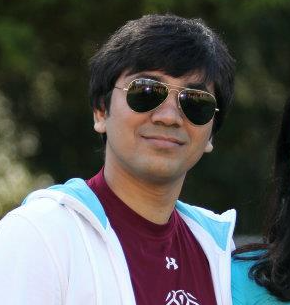
Self-Supervised Relationship Probing
Jiuxiang Gu, Jason Kuen, Shafiq Joty, Jianfei Cai, Vlad Morariu, Handong Zhao, and Tong Sun
Structured representations of images according to visual relationships are beneficial for many vision and vision-language applications. However, current human-annotated visual relationship datasets suffer from the long-tailed predicate distribution problem which limits the potentials of visual relationship models. In this work, we introduce a self-supervised method that implicitly learns the visual relationships without relying on any ground-truth visual relationship annotations. Our method relies on 1) intra- and inter-modality encodings to respectively model relationships within each modality separately and jointly, and 2) relationship probing, which seeks to discover the graph structure within each modality. By leveraging masked language modeling, contrastive learning, and dependency tree distances for self-supervision, our method can learn better object features as well as implicit visual relationships. We verify the effectiveness of our proposed method on various vision-language tasks that benefit from improved visual relationship understanding.

Self-Supervised Relationship Probing
Jiuxiang Gu, Jason Kuen, Shafiq Joty, Jianfei Cai, Vlad Morariu, Handong Zhao, and Tong Sun. In 2020 Conference on Neural Information Processing Systems (NeurIPS'20) 2020.
PDF Abstract BibTex Slides
Jiuxiang Gu, Jason Kuen, Shafiq Joty, Jianfei Cai, Vlad Morariu, Handong Zhao, and Tong Sun. In 2020 Conference on Neural Information Processing Systems (NeurIPS'20) 2020.
PDF Abstract BibTex Slides